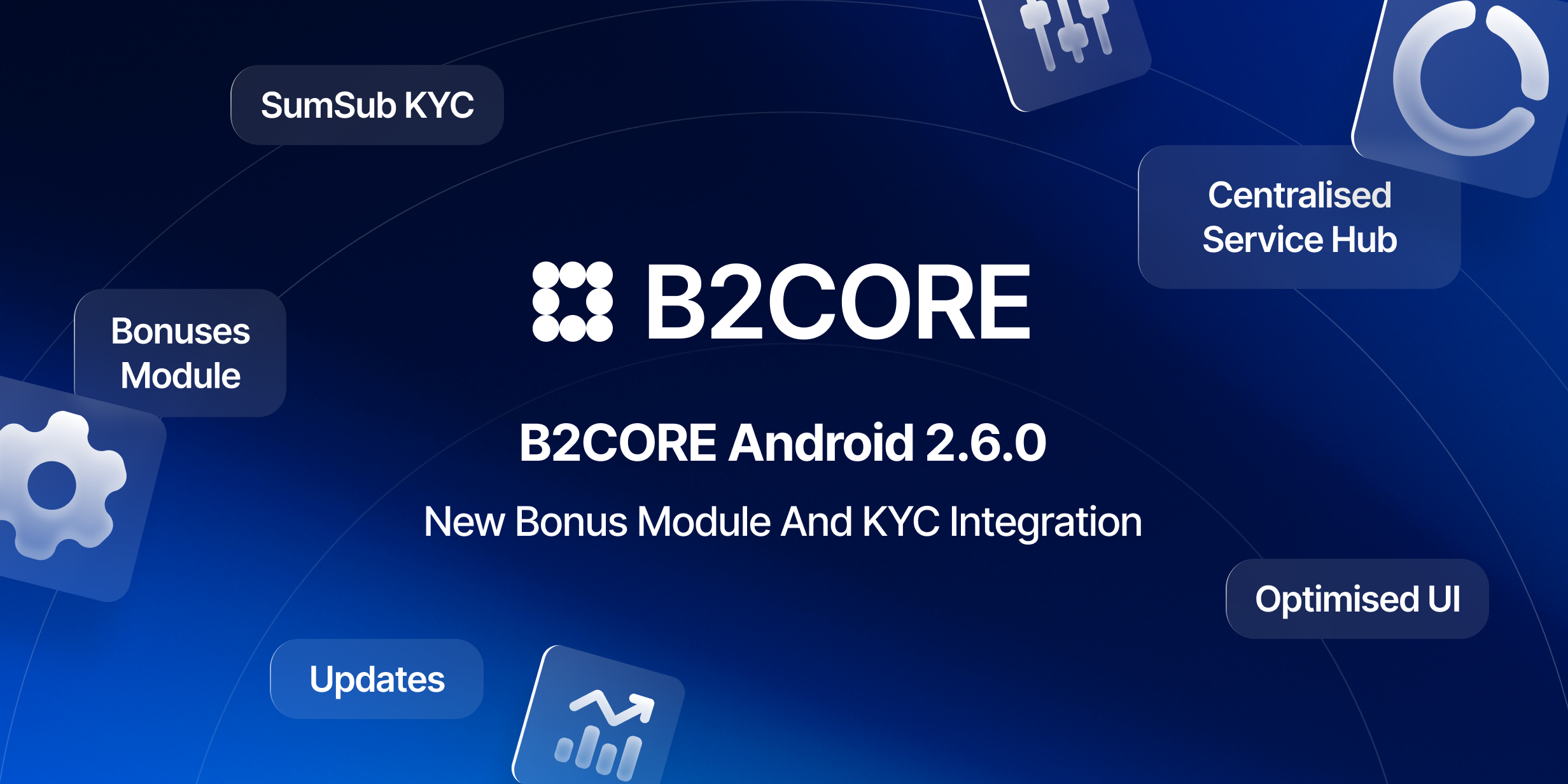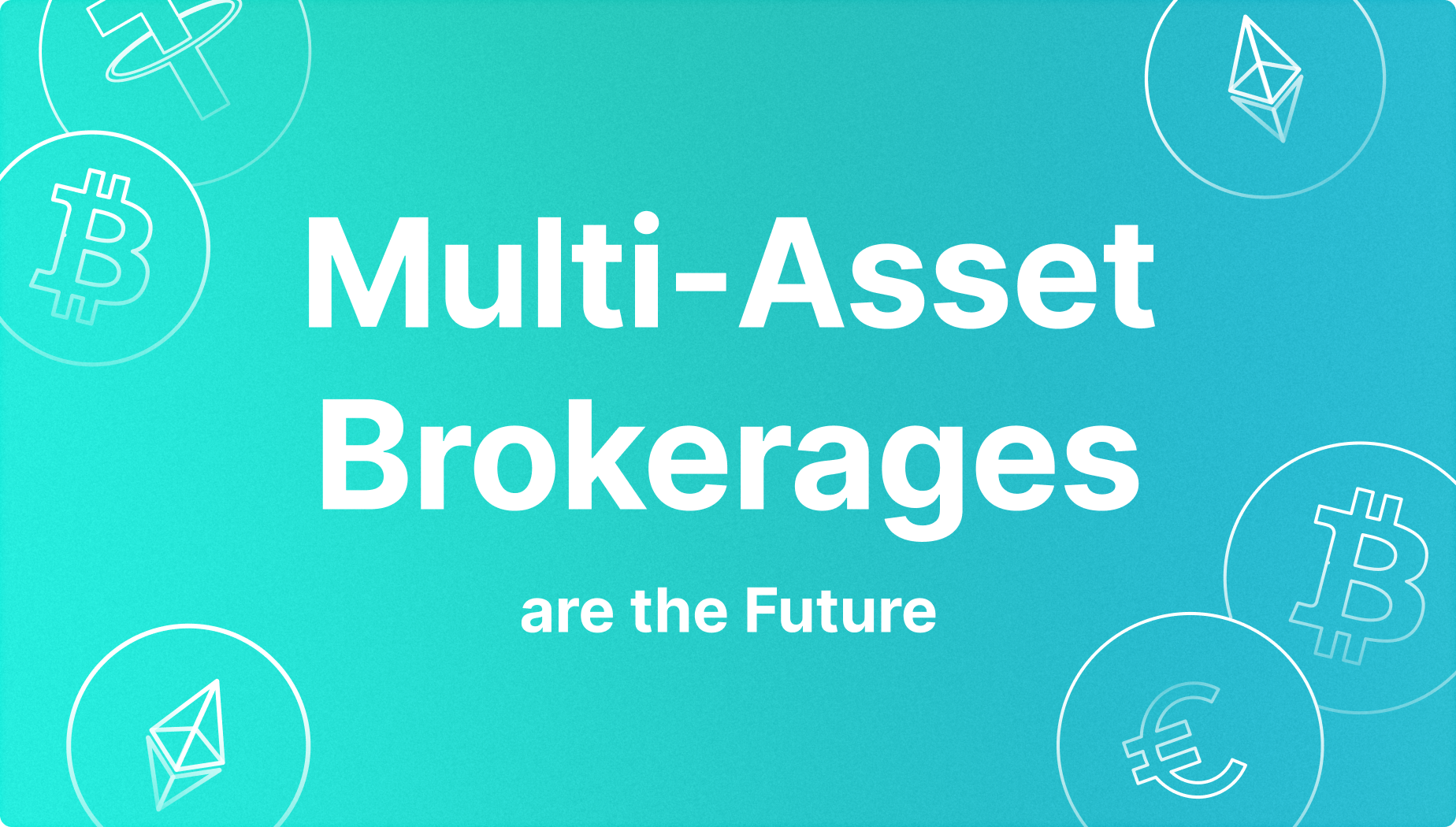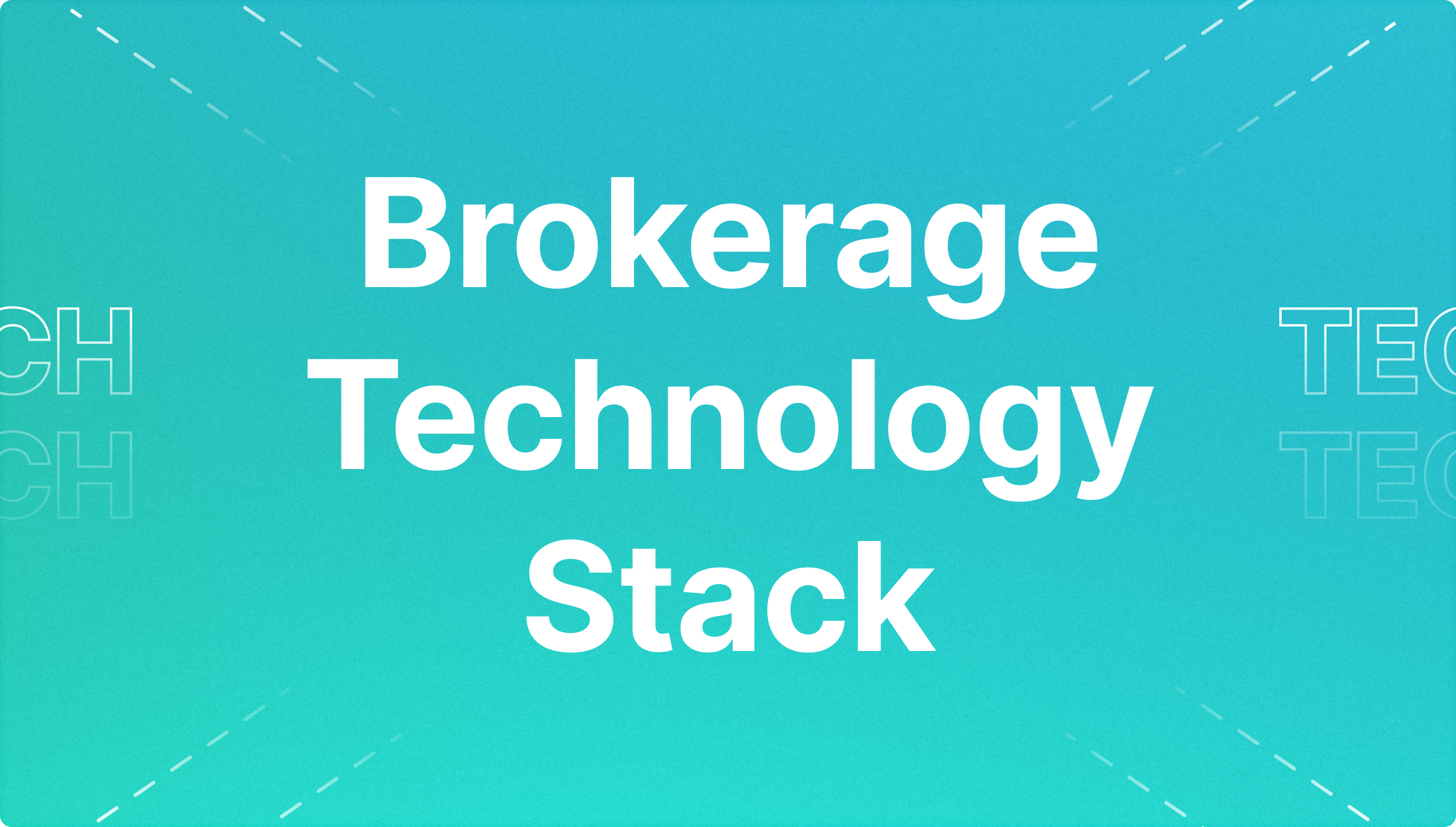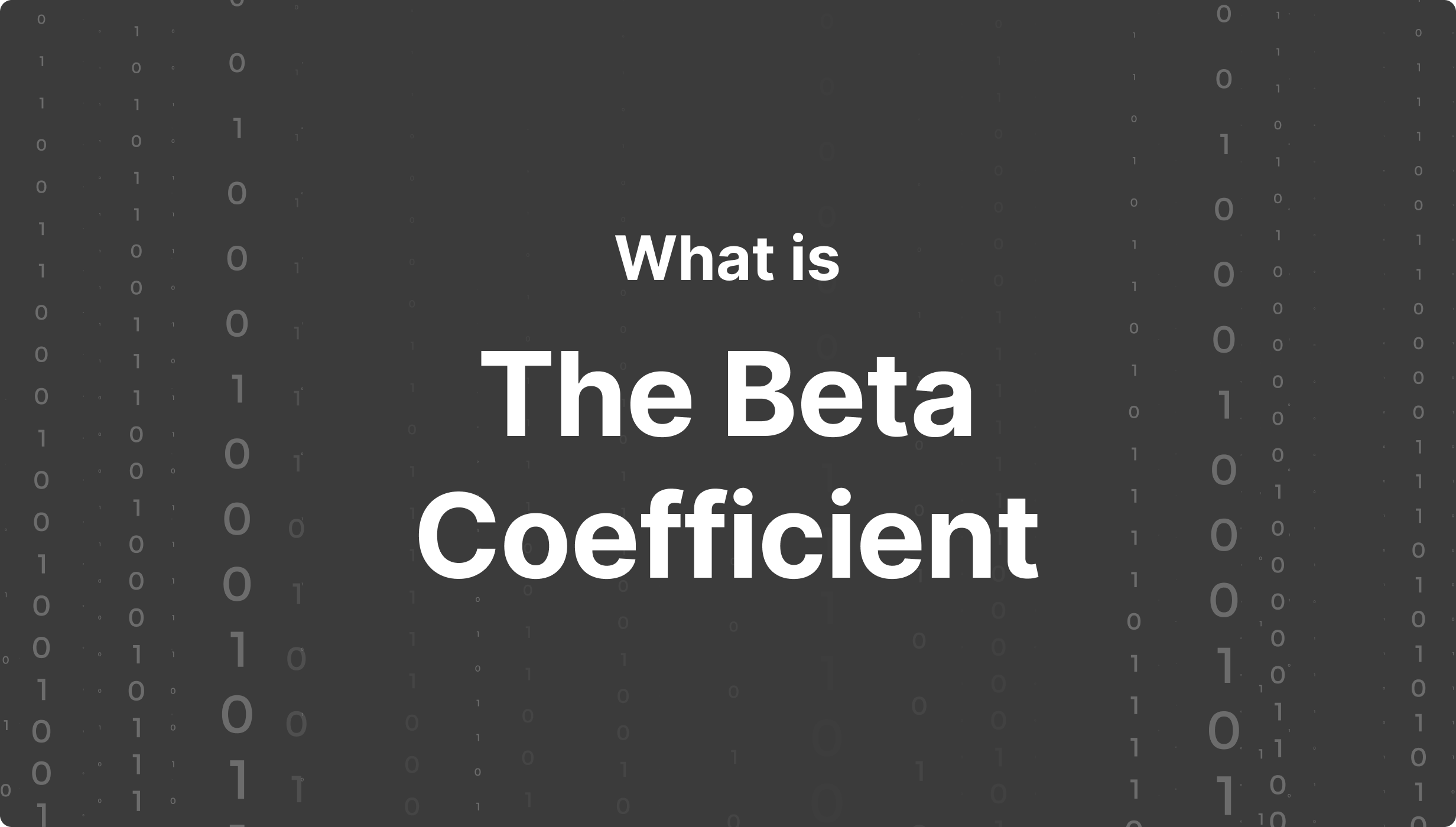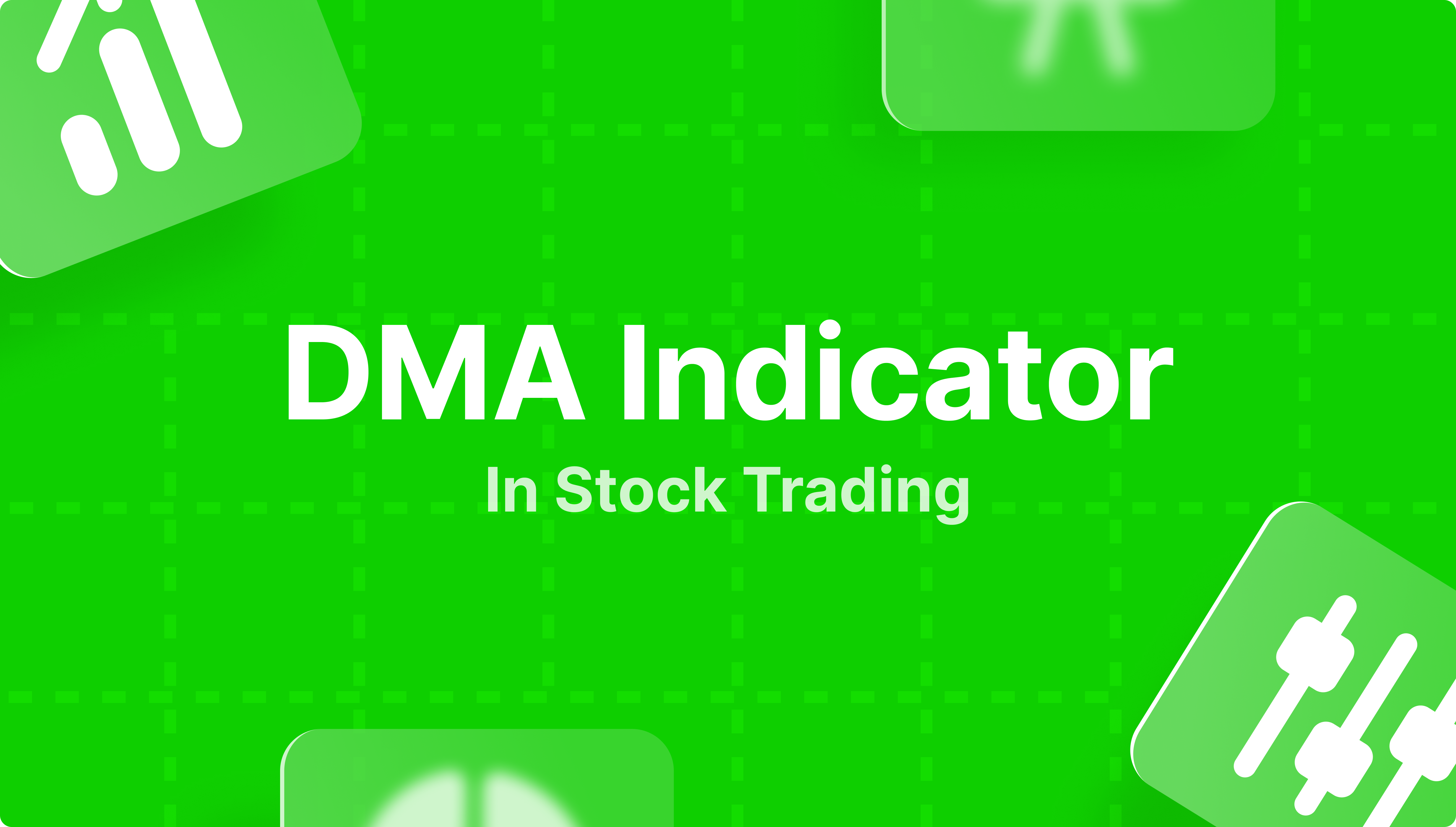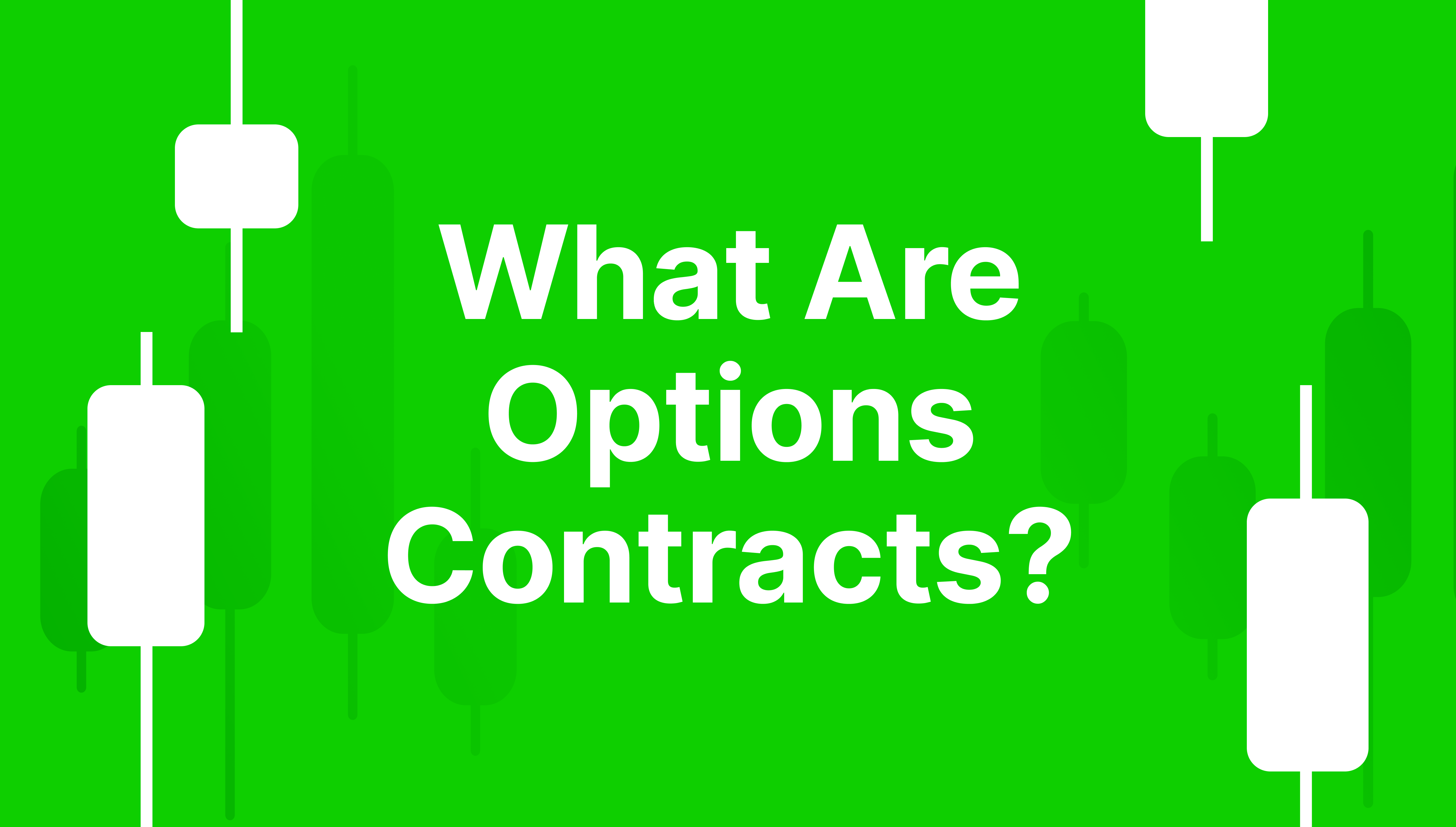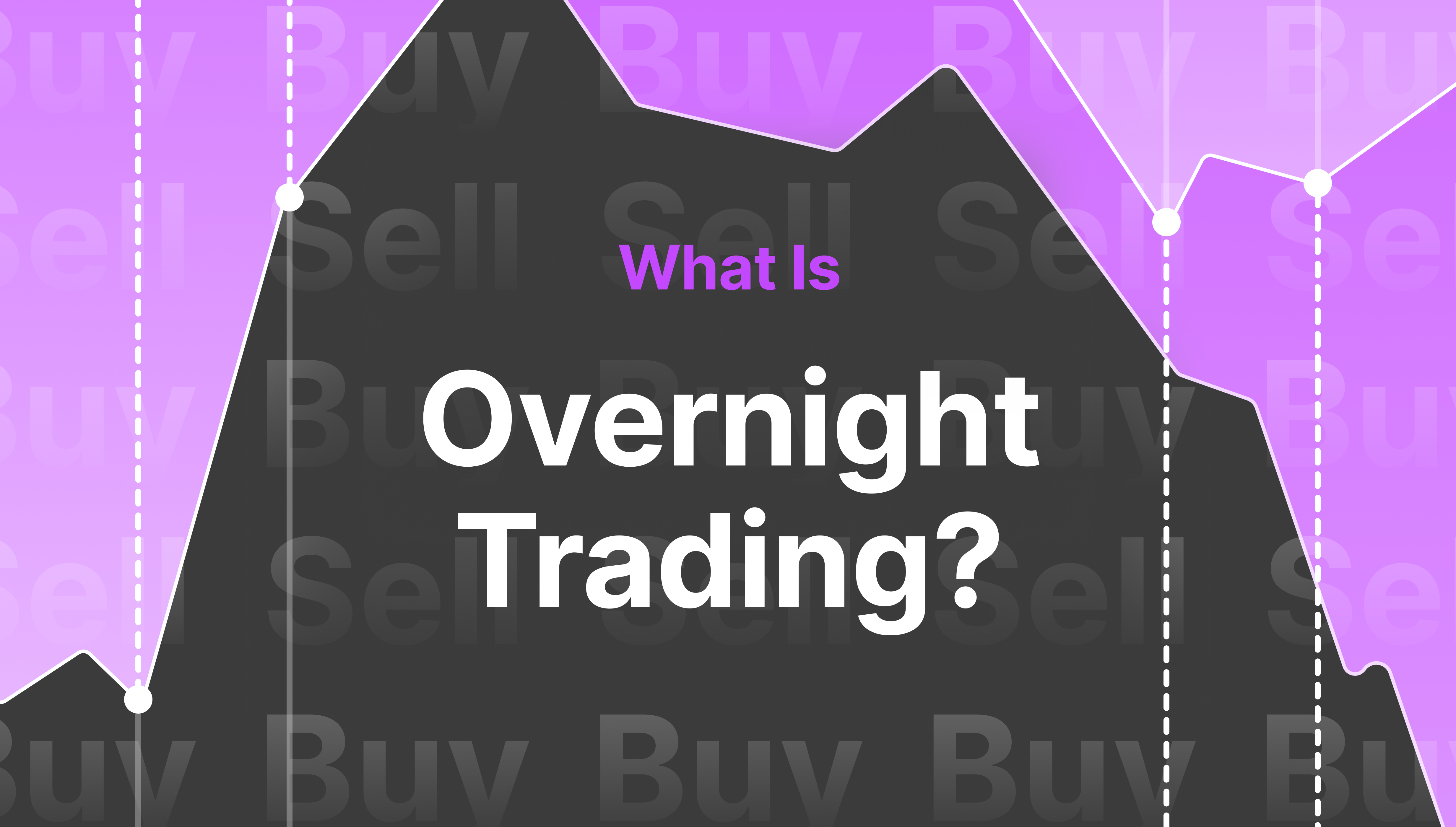Web API for MetaTrader*: How Does it Work?
Articles


Every Forex trader can select their preferred trading platform. However, not every business can offer its own software, so the choice of a platform for a trader is limited to the offer of a certain Forex broker. Many brokers provide accessibility to the trading platform via a “bridge,” which is a software component that links a Forex broker’s dealing system to the platform. If the bridge fails or is delayed, it might have a negative impact on trade management and execution.
This is where the MetaTrader* trading platform comes in. It is widely popular and can unquestionably be considered the solution that defines the industry standard. Most Forex brokers provide trading straight through the MetaTrader* or via an in-house gateway to the platform, although this can come at the expense of somewhat higher spreads or commissions.
In this article, we will describe MetaTrader* 4 and 5 and all included APIs. Then we will take a look at what MetaTrader* Web API is and how it works, as well as all benefits of trading APIs.
First, let’s take a closer look at what MetaTrader* 4 and 5 represent and the main difference between them.
What is MetaTrader* 4?
MetaTrader* 4, or MT4*, is one of the most popular electronic trading platforms among all traders. A software company called MetaQuotes developed it in 2005. Since its inception, many Forex brokers have started offering the platform as the main one. The platform consists of customer and server software components.
A broker runs the server part, while the client software is distributed to the broker’s customers, who monitor live quotes and graphs, place orders or manage their portfolios. The program gained popularity mainly owing to end users’ ability to create their own algorithms and bots for automated trading.
The customer interface provides an editor and compilers, as well as connectivity to a public library of software, articles, and client support. Moreover, the software has its own MQL4 specialized scripting language that allows traders to create expert advisors, custom indicators, scripts, and other tools. MetaTrader* became one of the most popular solutions thanks to its capabilities for a modern type of trading.
MT4* is meant to be used as an independent system, with the broker manually maintaining their balance. However, several third-party developers have created software bridges allowing interaction with other financial trading platforms and systematic spot management.
And what about MT5*?
MetaTrader* 5, or MT5*, was released in 2010, five years after MetaTrader* 4. When MetaTrader* 4 was already booming, there was a widespread myth that MetaTrader* 5 would become a new updated version of MetaTrader* 4, developed to achieve better results. This is not quite true; although it is a new trading platform and backtesting tool, its user interfaces look almost identical.
MT5*’s main job is to handle trades on Forex, stocks, and commodities, and the program is better equipped to connect to a centralized trading exchange. Forex is considered a decentralized market, with various prominent participants supplying liquidity into this massive market at somewhat variable pricing and ad hoc manner. In turn, сommodities, mostly traded as futures contracts, must be transacted through a centralized mechanism before possession may be transferred with full legal force. It may be assumed that MetaQuotes anticipated a retail stocks and commodities trading boom at the time of the MT5* development and release and created the software to meet the market’s demands.
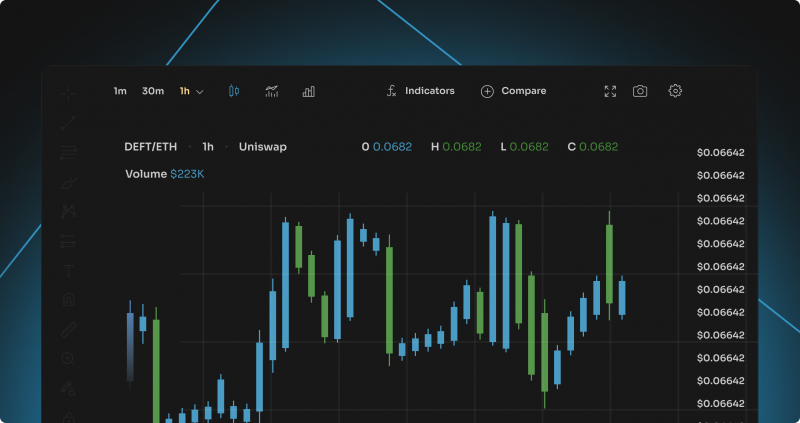
There are several aspects to consider when comparing MT4* with MT5*.
First of all, MetaTrader* 5 uses MQL5 instead of MetaTrader* 4’s MQL4. The interesting part about MQL5 is that it permits “black box” coding, making it easier to code. Therefore, it is considered a better framework for users and makers of trading bots.
MT5* also has significant scripting language advantages over MetaTrader* 4. It has backtesting capabilities that allow you to test programmed trading strategies much faster, which may save you a lot of time if you are the type of trader who has to perform a significant number of backtests. MT5* also supports multi-currency back testing simultaneously, which significantly accelerates backtesting procedures.
Now that you know about MetaTrader* 4 and 5, let’s take a closer look at what APIs are provided for MetaTrader* MT4* and MT5*.
But firstly, what is an API?
API is an abbreviation for Application Programming Interface. API allows you to create applications that connect with existing software. Essentially, an API is a collection of methods and procedures that allow you to access and expand the capabilities of an existing environment.
APIs have been characterized as the “glue that keeps the Internet in one piece.” They are deeply embedded in most things end-users do on their devices. If you have ever wondered how it is possible to listen to Spotify while using another app at the same time, APIs are the solution that enables two separate programs to interact with each other in a relatively structured manner.
Now, let’s take a closer look at the most used API methods.
Manager API: Manager API is the method for deploying, regulating, and evaluating the APIs that link data and applications throughout the network and between clouds. API management aims to enable companies that construct APIs or use other people’s APIs to monitor activities and guarantee that the demands of the developers and apps that utilize the API are satisfied. Companies are implementing API management strategies in order to adapt to sudden client demands that may vary from day to day. In most situations, these firms employ microservices to satisfy expectations by intensifying project management. HTTP-based APIs are the method of choice for sequential communication among microservices architectures. These APIs are the bond that links the microservices to each other. Managing these APIs enables an organization to ensure that the APIs are used in accordance with business culture and to regulate by suitable levels of protection, as some services may necessitate various security policy ideas than others.
Many API management systems additionally contain various features, such as:
- A developer portal
- An API gateway
- API lifecycle management
- Analytics.
Report API: Reporting API is an independent interface used to build custom reports on financial transactions and traders’ accounts. Apart from that, it provides a unified reporting method throughout your platform to notify alleged violations like CSP violations, devaluation alerts, or network defect logging.
It provides consistent reports in the format of JavaScript elements to enable programmers to solve errors and ensure software quality.
There are several report types utilizing the Reporting API.
- CSP violation report
Such reports are created when content security protocols are breached.
- Depreciation warning report
This suggests that a WEBAPI or other browser function used on the platform or the website could be permanently deleted in a future release.
- Intervention report
Such a report indicates that the browser rejected a website proposal, potentially for safety or user inconvenience reasons.
- Network error logging report
The Network Error Logging (NEL) specification defines a method for obtaining client-side system failures within the input.
WebServices API: Web service is a source of information accessible to the public on the web. Web services by definition require stable networks.
Every web service is an API since it publishes data or activities from an application, but not every API is a web service. This is due to the fact that the interpretation of a web service is somewhat limited in terms of application. There are some differences between web services and APIs.
One significant distinction is that most accessible APIs are transparent, with open documentation and self-service interfaces for rapid developer adoption. After all, many modern APIs aim to enable engagement with software. On the other hand, web services have not had such an open history: rather, they prefer to deliver specialized data or capabilities to selected parties.
That said, a web service is a network-based resource that completes a special purpose, whereas an API is an interface that enables you to build upon the information and features of another application.
When it comes to MetaTrader*, web services are used to integrate trading platforms with websites. Many things can be done with it, such as creating accounts for traders and broadcasting quotes.
DataFeed API: The primary technique for synchronizing data from the platform that contains a lot of data to another system utilizing the API is known as data feed API. The feed API uses a special key provided upon each demand and is sent back with the message on every response. This enables software to monitor the time we have already transmitted data to the recipient. The data flow can be effortlessly stopped and resumed by the receiver.
Incremental processing is possible with the request-response method. For instance, if there was a significant queue of data, the client might process the data pieces at its own pace until the delay is resolved, which is useful when using platforms that require vast amounts of data, such as MetaTrader*. In the MT* system, there is a set of tools that are used to develop any kind of news and quote data feeds.
Moreover, both small and large clients can use the API since tens of millions of records can be consumed daily by all clients using the API.
Gateway API: An API gateway is a bridge between a customer and a group of back-end services. It serves as a proxy server to recognize all application programming interface requests, collect all necessary services, and deliver the desired outcome.
Most API enterprises are deployed via API gateways. These gateways are used to handle common activities utilized across an API service system, such as identity verification, rate limits, and all relevant data.
API gateway is a vital component of every API management system. All incoming requests are intercepted by the API gateway and routed through the API administration system, which undertakes a number of essential activities. For instance, there is a set of tools that are used to interface MT5* with other trading platforms.
All of these APIs can be used independently. However, most brokers require the functionality of multiple APIs to create new comprehensive features and provide more value to their clients. Remember that adopting and maintaining many APIs across various platforms could become expensive and time consuming for a developer on the broker’s side.
Now, let’s take a look at what MetaTrader* Web API is, how it works, and its benefits.
What is Web API?
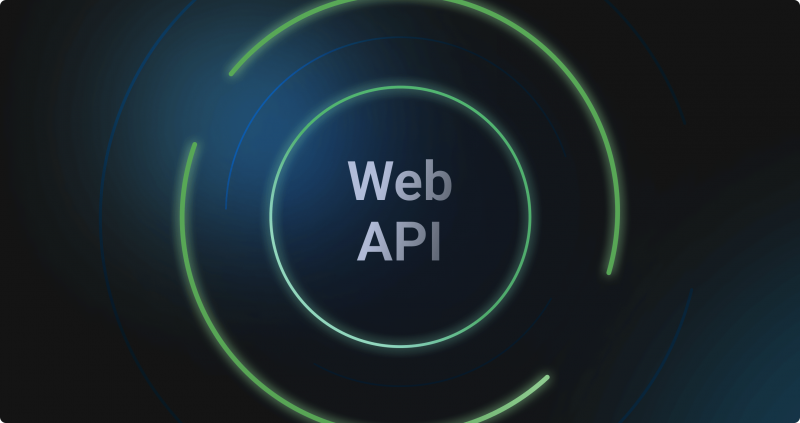
WEBAPI is a developer-to-developer web service offering that gives brokers’ developers faster and more integrated connectivity to trading platform data.
MetaTrader* Web API is composed of several separate components that, when combined, form an effective and robust tool that allows broker systems to connect with trading platforms in various new and highly efficient ways. Currently, among the most popular functions belong:
Establish and maintain trading accounts: Opening new accounts, maintaining current ones, obtaining account information, statistics, etc.
Balance operations implementation and management: Completing deposits, and withdrawals, setting boundaries and collecting information, proving credits, and closing credits.
Implementation and administration of trades: Establishing new deals, terminating transactions, collecting trade information, adding features such as copy trading, and so on.
MT* Manager settings implementation and management: Integrating MT* manager settings into current broker systems.
How does it work?
The MT4/5* Web API is a combination of various services, where 1 top layer service interfaces with broker systems through REST-API, while the other services handle the underlying logic and interact with trading platforms’ components. As an outcome, all a broker developer needs to do is define the relevant MetaTrader* resource and data that they are interested in, as well as supply the necessary credentials. Once established, the MT4/5* Web API offers:
- Authentication and authorization
- Session management
- Response cashing
- Getting a full response (expected data structure or descriptive error message)
- Paginated responses or long sessions streaming
- Platform independent request/response pairs (MT4* and MT5*).
That said, MT4/5* Web API offers numerous benefits, including simple configuration, excellent performance, safety, and fault tolerance. Besides that, trading APIs enable you to create unique front-end solutions that rely on the data and capabilities of other reputable brokers.
Here’s how API can benefit its users, which will lead to better outcomes for everyone involved:
- Customers can access archived market information.
- Users can stay up to date on the executable pricing list as well as current market data.
- Clients may conduct in-depth market research.
- They can enjoy quick order execution if possible at the moment.
- Using MT4/5* Web API, customers may quickly obtain sophisticated features and apply them to a new system.
- Using current trading firms’ API trading services spares clients time and money.
- Customers can trade anonymously because most brokers do not register or monitor the customers of their back-end system.
- Finally, clients have access to all risk management capabilities as well as other essential trading tools.

Web API and cTrader
With Web API, you can trade with any platform that allows you to make HTTP requests. You can use Web API with MetaTrader* 4, 5, or any other trading platform. All you need to do is make sure your platform can make HTTP requests.
cTrader is one such example of a popular trading platform that Web API can be integrated into. With B2Broker’s White Label cTrader solution, Web API integration opens up new opportunities for brokerages and traders alike.
With a fully functional Web API and cTrader, brokerages can offer their clients a more customized trading experience. The API seamlessly integrates third-party applications like CRM and backend systems. Using Web API, a brokerage could develop its own web, mobile, or desktop trading platform on top of cTrader.
Both the Web API and cTrader provide almost endless possibilities for application development. This makes it an excellent option for those who want to create a more unique and tailored trading experience for their clients. Besides that, you can use the API to allow your clients to trade via TradingView, one of the most respected trading platforms in the world.
Conclusion
One of the most popular electronic trading platforms, MetaTrader*, created by MetaQuotes, a world-known company, provides its customers with a number of incredibly valuable APIs for both versions of MetaTrader*. MetaTrader* Web API is intended to assist brokers in incorporating a number of advanced features into the platform’s existing capacity, customizing the platform for specific purposes, or integrating it with other systems and software solutions. However, MetaTrader* is not the only trading platform that can be used with Web API. Any other platform that can make HTTP requests, such as the While Label cTrader by B2BROKER, can be integrated as well. Using this software requires relevant expertise in this field. Thus, if you would like to get involved, it would be best to reach out to professionals first.
Disclaimer: The use, display, or mention of any third-party company names, logos, brands, or trademarks in this article, apart from B2BROKER, is solely for factual purposes. All third-party company names, logos, brands, and trademarks referenced herein are the property of their respective owners. B2BROKER is not affiliated with, nor does it endorse, any of these companies.









